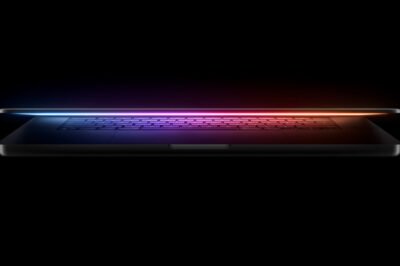The much-awaited MacBook Pro redesign will need to wait a bit longer. According to Bloomberg’s Mark Gurman, the tech giant has pushed its “total redesign” of the MacBook Pro to 2026, a year later than initially planned. The delay stems from challenges related to new display technology.
In his recent Power On newsletter, Gurman disclosed that Apple originally aimed for a 2025 release for the significant overhaul. However, complications with integrating OLED display technology have shifted the timeline. The upcoming redesign is expected to feature OLED screens, aligning the MacBook Pro with the anticipated M4 iPad Pros set to adopt the same display advancements.

Transitioning to OLED displays marks a significant move for Apple, promising deeper blacks, improved contrast ratios, and overall enhanced visual performance. This upgrade is poised to be a standout feature of the 2026 MacBook Pro models.
Beyond the display, the 2026 MacBook Pro is rumored to sport a thinner design. This change reverses the slight thickness increase seen when Apple first transitioned to its own Silicon chips. While slimming down the laptop may raise concerns about potential compromises in battery life or thermal management, Apple’s track record suggests they’ll balance aesthetics with functionality effectively.
Under the hood, the new MacBook Pro is expected to house the M6 chip, built on an advanced 2nm process. This next-generation chip is anticipated to deliver significant performance boosts and improved energy efficiency, making it a noteworthy leap in Apple’s processor technology.
For those considering an upgrade before 2026, the 2025 MacBook Pro models are projected to feature the M5, M5 Pro, and M5 Max chips. These updates will primarily focus on internal enhancements without major changes to the laptop’s design or additional groundbreaking features.
In summary, while the wait has been extended, the 2026 MacBook Pro promises substantial advancements in display technology, design aesthetics, and processing power. With the integration of OLED displays, a sleeker form factor, and the potent M6 chip, Apple’s flagship laptop is gearing up for a significant evolution that could redefine user expectations.






























